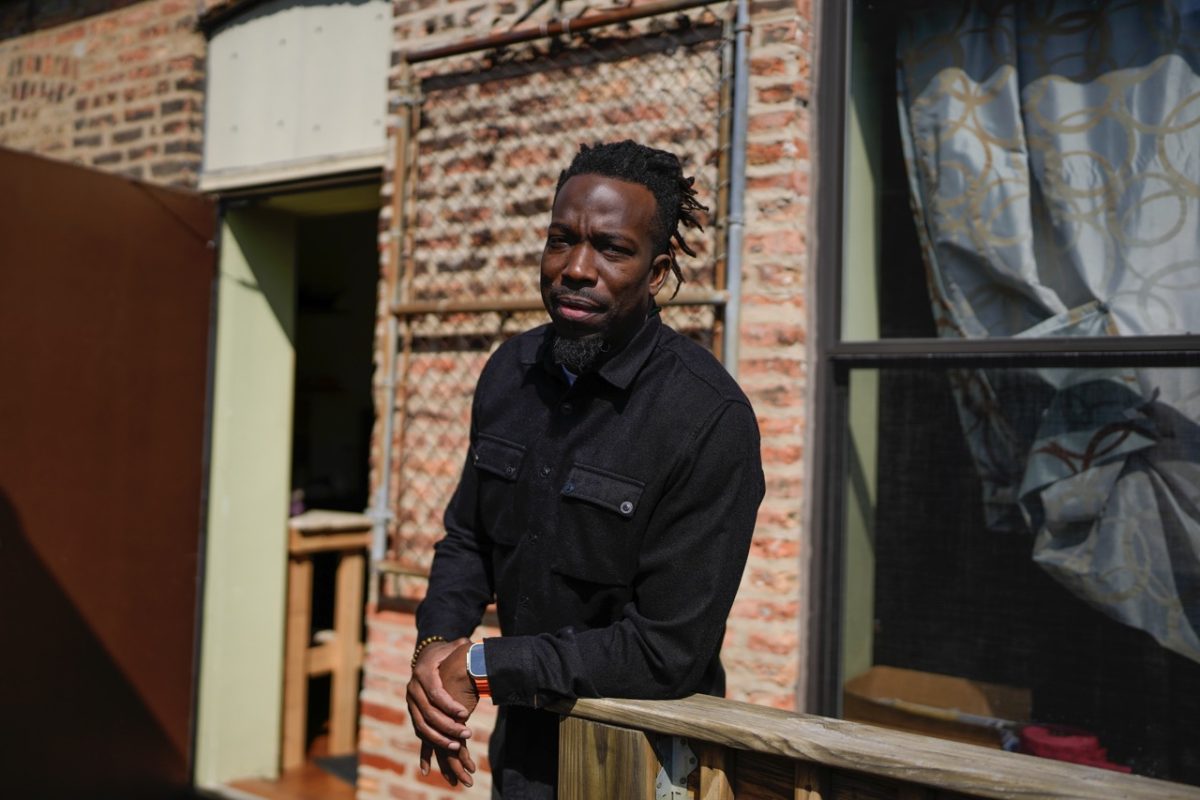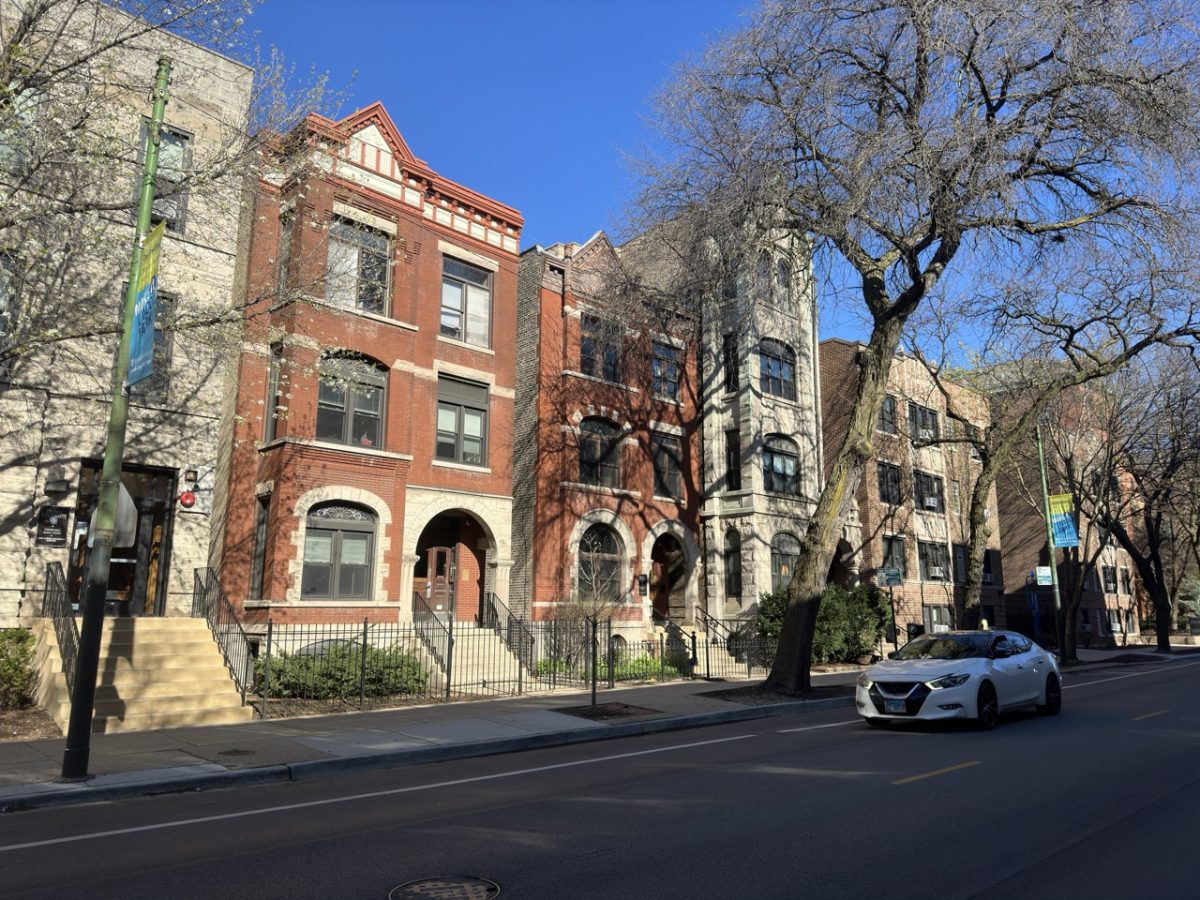For a service meant to make Chicagoans’ lives easier, Divvy is lacking on the whole convenience aspect.
This past weekend I – along with honorary guest reporter, former sports editor Julian Zeng – tested Chicago’s new bike sharing program, Divvy Bikes, still in its infancy. To say we ran into problems along the way is an understatement. Follow along with our journey.
We planned on getting our bikes from the station at Diversey and Wilton Avenue, just east of the Diversey Brown Line stop. Plenty of bikes were present, but the machine to purchase the 24-hour pass was out of service – on to the next one.
Right now, Divvy stations have yet to take over Chicago like the Black Plague, so we had to walk four blocks to the Sheffield and Fullerton station. Two bikes remained in the station, but only one would unlock. The other, after two different codes, remained locked in the stand – on to the next one.
Our third option was particularly close, just two blocks west on Fullerton and Racine. There were no bikes left. After waiting about 15 minutes, a Divvy truck miraculously appeared and delivered more bikes to the station, and now we could finally ride.
The fees of Divvy are a little confusing, and I am still not sure how much this Saturday afternoon excursion set us back. Now, more than three days later, the final total still has not come through the debit card that was used.
If you do not have a yearly membership and a key card ($75), you will have to purchase a one-day pass for $7 with a debit or credit card in any of the (working) Divvy stations. Seven bucks gets you an unlimited number of 30-minute rides for a 24-hour period. Use the bike for more than 30 minutes? Up to a 60 minute trip will set you back an additional $2, 60-90 minutes an additional $6, and each additional half hour past is an extra $8.
Late fees are racked up quickly and the machines warn you that a 360-minute trip will drain $102 from your account. The stations tell potential riders that Divvy bikes are not meant for adventures – just for quick errands or commuting – and suggest a rental at a local bike shop for a longer excursion.
Once you agree to the fees, a receipt is printed with the code to unlock your bike. You can print a new code at any time when you dip the card first used in any Divvy machine.
Three stations later, our trip finally commenced. I am no stranger to biking in Chicago; I have been riding for a little more than a year on my own bike – it is just in storage for the summer while I am living in New York. A Divvy bike rides and feels very different than my rehabbed ’70s Schwinn. It rides low like a beach cruiser, has three very skewed speed settings (tip: don’t start on 1, it is comically low resistance), and might just weigh more than I do.
With the cruiser style and unseemly wide handlebars, it is hard to get great speed on these bikes. I foresee a lot of angry, experienced bikers fighting for the bike lanes with the Divvy riders.
As we made it through Lincoln Park and toward the lake, it became obvious we were not going to make it to a docking station by our 30-minute deadline. Had all of the slated stations been installed, we would have had plenty of time to dock and pick up a new bike, but that was not the case. We decided to take the fee rather than try to race to the station on North Avenue and Larabee Street.
Thanks to the Chicago Bike App, a free app I found when searching Divvy in the App Store (I recommend downloading it if you have an iPhone and plan on using Divvy at all), I saw that Oak Street and Lake Shore Drive was going to be the best stop to dock our bikes and reset our time – except that station was not working either.
The station was full and was not accepting debit cards, only key cards, so we could not request a 15-minute time extension to wait for an open slot – on to the next one.
We walked our bikes just a couple of blocks south to the Pearson Street and Michigan Avenue stop, right around the corner from Water Tower Place. There was only one opening so we had to request an extension, and another slot opened up within a couple of minutes.
After a bit of a break, we resumed our trip down the Lakefront Path. We picked up the bikes from the same station and walked our bikes to the trail’s entrance at Chicago Avenue. Normally this is really simple, but Divvy bikes are incredibly heavy. I am not very strong – I will be the first to admit – but I nearly fell over trying to bring the bike down and up the tiny bike ramp next to the stairs on the underpass; watch out for that.
Our journey continued down the path and all was well, except for dodging the hordes of oblivious pedestrians on the path in town for the holiday weekend. Spoiler alert: no one has ever learned how to walk and not block the entire path. At least these bikes have a sweet bell.
Our planned stopping point was at Monroe Street and Lake Shore Drive, but once again the station was not accepting debit cards – on to the next one.
The Millennium Park station at Monroe Street and Michigan Avenue acted as our final docking stop. Miraculously, it was actually working. After another break, we decided that trying to ride back to Lincoln Park would be too much of a hassle; the whole day was a hassle.
The idea of Divvy bikes is great. Currently in New York, Citibikes are in full effect and seem to be very effective. With only a small fraction of stations in service right now, Divvy is more of an inconvenience than anything else. When the program is in full service with all stations open, give Divvy a ride. For now, take a pass.







